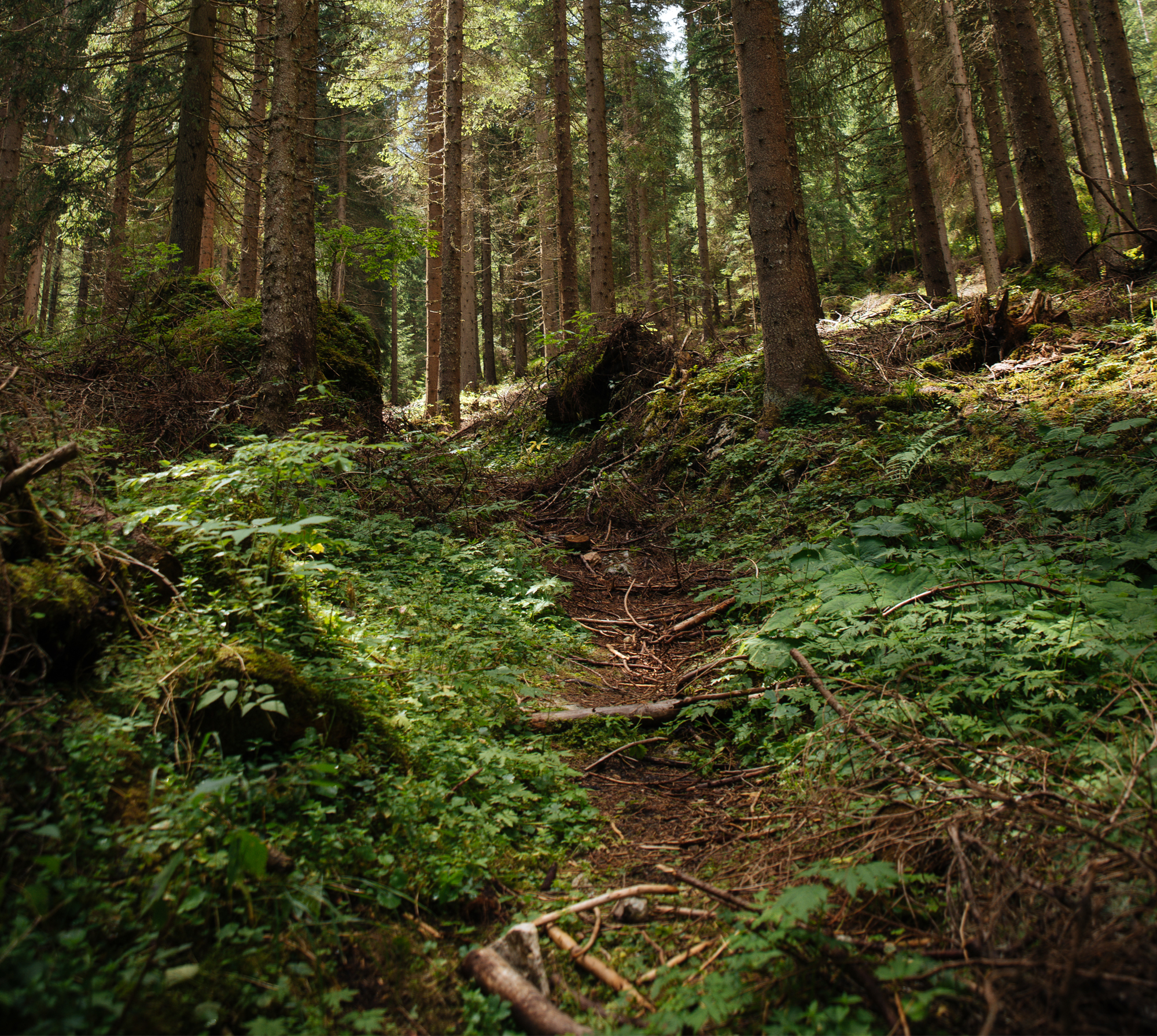
Wpływ siarczanu glinu na wybrane właściwości gleby oraz na wydajność i jakość sadzonek sosny zwyczajnej w leśnej szkółce gruntowej
Impact of aluminium sulphate fertilizer on selected soil properties and the efficiency and quality of pine seedlings in the forest ground tree nursery
Autorzy
-
Kazimierz Januszek
Uniwersytet Rolniczy im. Hugona Kołłątaja w Krakowie, Wydział Leśny,
Katedra Gleboznawstwa Leśnego , Al. 29 Listopada 46, 31-425 Kraków - Hanna Stępniewska Uniwersytet Rolniczy im. Hugona Kołłątaja w Krakowie, Wydział Leśny, Katedra Fitopatologii Leśnej, Al. 29 Listopada 46, 31-425 Kraków
- Ewa Błońska Uniwersytet Rolniczy im. Hugona Kołłątaja w Krakowie, Wydział Leśny, Zakład Gleboznawstwa Leśnego, al. 29 Listopada 46, 31-425 Kraków
-
Joanna Molicka
Uniwersytet Rolniczy im. Hugona Kołłątaja w Krakowie, Wydział Leśny,
Katedra Gleboznawstwa Leśnego , Al. 29 Listopada 46, 31-425 Kraków -
Krzysztof Kozieł
Uniwersytet Rolniczy im. Hugona Kołłątaja w Krakowie, Wydział Leśny,
Katedra Gleboznawstwa Leśnego , Al. 29 Listopada 46, 31-425 Kraków - Anna Gdula Uniwersytet Rolniczy im. Hugona Kołłątaja w Krakowie, Wydział Leśny, Katedra Fitopatologii Leśnej, Al. 29 Listopada 46, 31-425 Kraków
- Anna Wójs Uniwersytet Rolniczy im. Hugona Kołłątaja w Krakowie, Wydział Leśny, Katedra Fitopatologii Leśnej, Al. 29 Listopada 46, 31-425 Kraków
Abstrakt
The alkalization of soil is a common phenomenon in forest ground nurseries. Liming, inadequate fertilization and the use of hard water for irrigation are the main reasons for this alkalization. The aim of this study was to investigate the effect of fertilization with aluminium sulphate on soil pH, the activity of selected soil enzymes, efficiency as well as the growth parameters of pine seedlings.
The study was conducted in a forest nursery, on a plot with soil pH 6.4 in water and 5.9 in 1 M KCl. Such a pH is not conducive to the production of conifer seedlings, particularly pines. Two different doses of aluminium sulphate fertilizer were applied: 740 kg ha-1 and 1110 kg ha-1.
Both doses significantly reduced the soil pH, whereas soil enzyme activity did not change. The lower dose had a positive impact on the growth parameters of pine seedlings, while the higher dose led to their deterioration. We observed statistically significant differences in average primary and lateral root lengths, number of short roots, and thickness of the neck root of seedlings. One- and 2-year-old seedlings did not show symptoms of nutrient deficiency and neither did concentrations of the investigated macronutrients and selected micronutrients in needles indicate such. After applying the higher fertilizer dose, we observed a favourable change in the composition of mycorrhizae. Out of the potential seedling pathogens we found Cylindrocarpon spp., Fusarium spp., Phytophthora spp., Pythium spp. and Rhizoctonia solani of which the most frequent were Fusarium oxysporum, Pythium spp. and R. solani. Their occurrence frequency differed between the treatments used in this experiment.
This study confirms the positive effects of a low aluminium dose on the performance and growth parameters of pine seedlings. However, on the basis of the conducted experiments, it is difficult to say, whether this positive effect is due to a direct action of aluminium on the seedlings or rather an indirect effect caused by lowering the soil pH, which in turn impacts on mycorrhizae composition and hence pathogen development.
Słowa kluczowe
| DOI | 10.2478/frp-2014-0012 |
|---|---|
| Source | Leśne Prace Badawcze, 2014, 75 (2): 127–138. |
| Print ISSN | 1732-9442 |
| Online ISSN |
2082-8926 |
| Type of article |
Original article |
| Original title |
Wpływ siarczanu glinu na wybrane właściwości gleby oraz na wydajność i jakość sadzonek sosny zwyczajnej w leśnej szkółce gruntowej |
| Publisher | Instytut Badawczy Leśnictwa, Sękocin Stary, Poland |
| Date | 2014, June |
- Gil W. Wpływ więźby sadzenia na wzrost i przeżywalność sosny zwyczajnej w okresie około 40 lat od założenia uprawy w zróżnicowanych warunkach siedliskowych
- Januszek K., Stępniewska H., Błońska E., Molicka J., Kozieł K., Gdula A., Wójs A. Wpływ siarczanu glinu na wybrane właściwości gleby oraz na wydajność i jakość sadzonek sosny zwyczajnej w leśnej szkółce gruntowej
- Małecka M., Wójcik J., Sierota Z. Zmiany w składzie chemicznym gleby leśnej i porolnej po wprowadzeniu trocin iglastych na tle przebiegu elementów pogody
- Czubaszek R., Walentynowicz E. Zróżnicowanie florystyczne i siedliskowe wydm w dolinie Narwi
- Grodzki W., Starzyk J., Kosibowicz M. Wpływ wybranych elementów charakterystyki drzewostanów na intensywność występowania kornika drukarza Ips typographus (L.) w Beskidzie Żywieckim
- Szmyt J., Korzeniewicz R. Czy naturalne procesy ekologiczne w juwenilnej fazie rozwoju drzewostanu założonego sztucznie różnicują jego strukturę przestrzenną?
- Lasota J., Błońska E., Wanic T., Zwydak M. Wymagania troficzne wybranych gatunków krzewiastych występujących w lasach
- Jonczak J., Parzych A., Sobisz Z. Dynamics of Cu, Mn, Ni, Sr and Zn release during decomposition of four types of litter in headwater riparian forests in northern Poland
- Sikora A., Ukalska J. Ceny surowca drzewnego w warunkach klęsk żywiołowych w Nadleśnictwie Węgierska Górka

